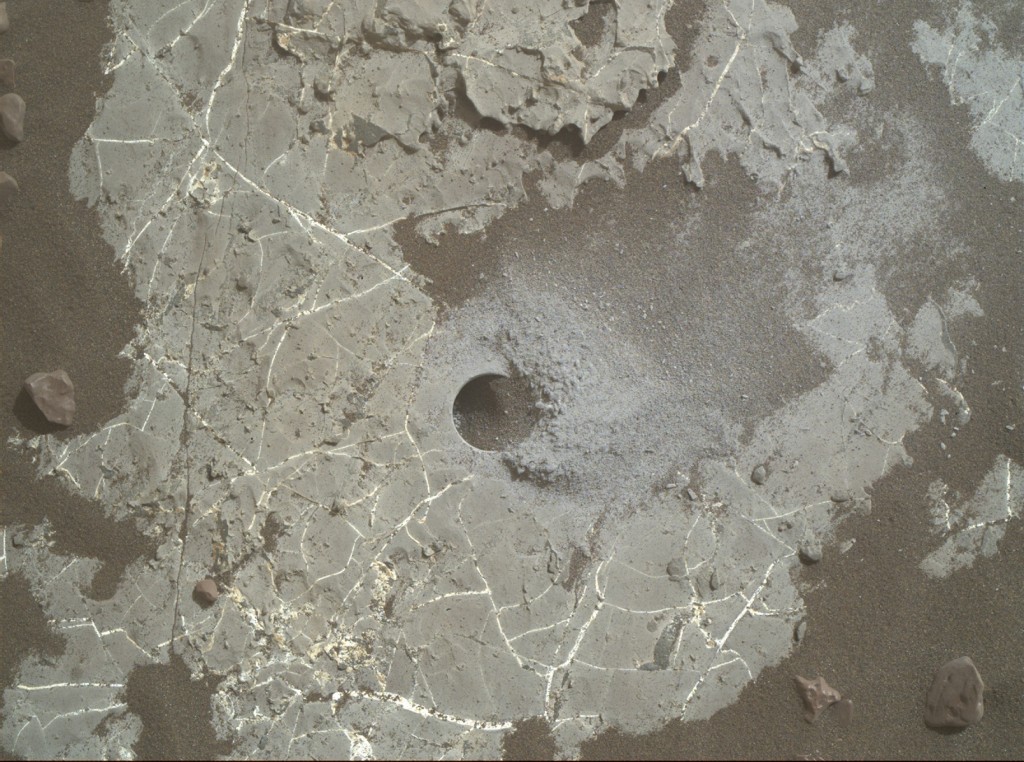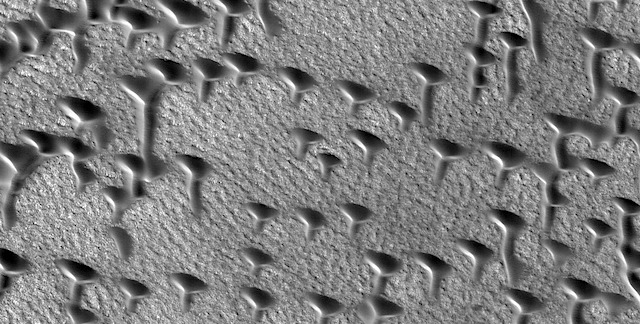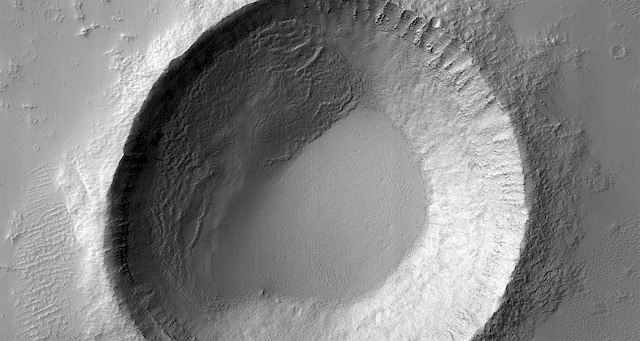 December 2, 2018: Team Continues Search for Opportunity’s Signal as Windy Season Begins: While InSight closed in on the Red Planet and NASA and the Jet Propulsion Laboratory (JPL) focused on getting that lander down on the surface safely in November, the Mars Exploration Rovers (MER) team, working with operators at the Deep Space Network (DSN), spent the month continuing to search for a signal from Opportunity.
December 2, 2018: Team Continues Search for Opportunity’s Signal as Windy Season Begins: While InSight closed in on the Red Planet and NASA and the Jet Propulsion Laboratory (JPL) focused on getting that lander down on the surface safely in November, the Mars Exploration Rovers (MER) team, working with operators at the Deep Space Network (DSN), spent the month continuing to search for a signal from Opportunity.
Despite a host of false alarms, the rover that shattered virtually every robot record on Mars, completed the first-ever marathon on another planet, and is the longest-lived Martian explorer remained silent, presumably still sleeping at her site halfway down Perseverance Valley, along the western rim of Endeavour Crater.
The end of November marked 173 days since the MER team has heard from its rover. The last downlink received from Opportunity arrived June 10, 2018, and the minimal amount of data the rover returned revealed the planet encircling dust event (PEDE) was blotting out the Sun in a way the mission had never before experienced, reducing the solar-powered rover’s energy to the lowest ever recorded on the mission and forcing the ‘bot to shut down and enter into a kind of hibernation mode.
Along with the team, countless thousands of followers around the world have been waiting too, hoping that Opportunity will phone home soon. “We miss her,” said MER aficionado, author, and astronomy outreach educator Stuart Atkinson, who has been blogging about the rover’s mission for the last decade.
Although it’s been five and a half months, the sound of silence was still not all that surprising to members of the MER operations team and they have not lost hope, not yet. The mission’s long history on Mars indicates the dust-cleaning season that comes every Martian summer has begun, and that gave the team a sense of renewed optimism that in coming weeks their rover will be gifted with gusts of wind that will clear some of the accumulated dust on the solar arrays and enable the ‘bot to recharge her batteries, power up, and phone home.
“It has been a long time since we’ve heard from Opportunity,” said JPL’s MER Power Team lead Jennifer Herman, at month’s end. “But it’s still summer in the southern hemisphere of Mars and it’s not that cold. There’s a lot of cause for optimism, because we’ve only been in dust-cleaning season for 12 days at best.” [More at link]
 THEMIS Image of the Day, December 4, 2018. This VIS image shows a linear depression in Syria Planum. Volcanic activity, including broad shield volcanoes and extensive volcanic plains created this region of the Tharsis system south of Noctis Labyrinthus.
THEMIS Image of the Day, December 4, 2018. This VIS image shows a linear depression in Syria Planum. Volcanic activity, including broad shield volcanoes and extensive volcanic plains created this region of the Tharsis system south of Noctis Labyrinthus.














